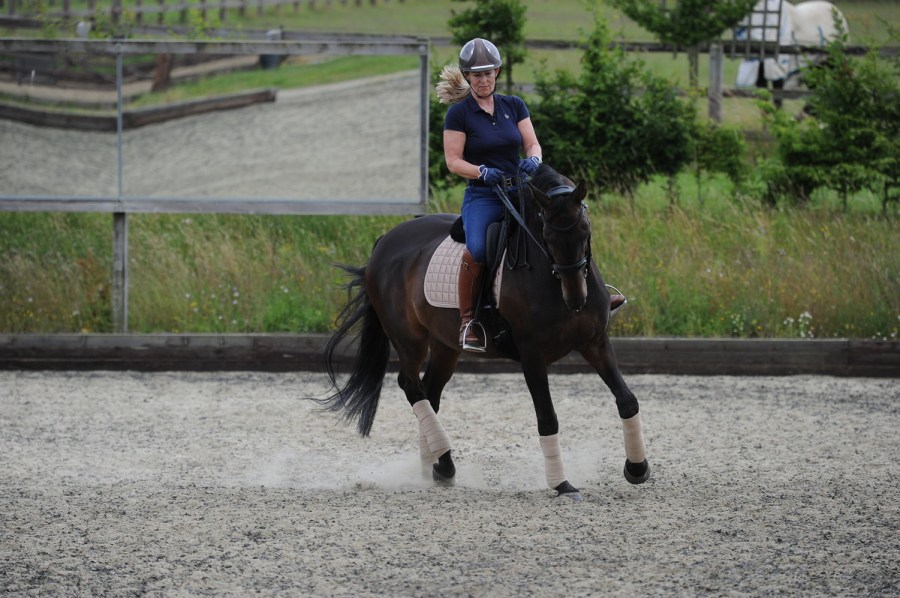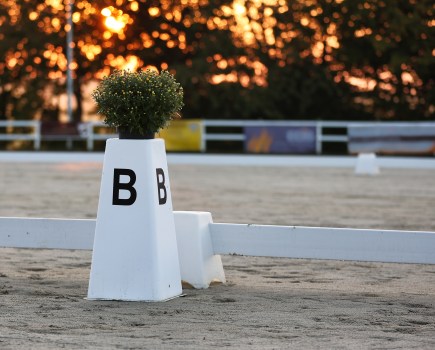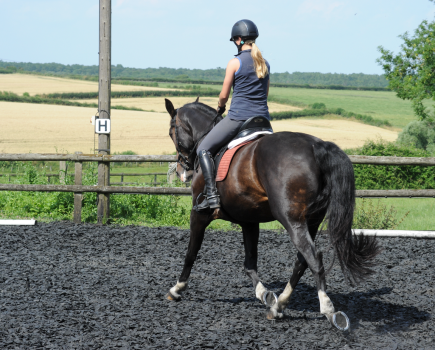When your horse is working into a contact, they’ll be using their back and and pushing from behind, giving a more uphill feeling. It’s something that a lot of riders struggle with, but five-star eventer Becky Heappey (nee Woolven) has some advice to help.
“First of all, it’s important to eliminate any physical issues that might cause your horse to evade the contact,” she says. “Make sure their teeth and back have been checked for any pain or discomfort. Some horses are more sensitive than others and a seemingly minor issue can result in a significant reaction.”
Tack fit should also be considered, and also assess your self. Make sure you are riding forward into a contact with your legs, for example, and not trying to pull or hold your horse in an outline using your hands. Your trainer will be able to help with this.
“Physical issues aside, one of the most common reasons why a horse doesn’t want to accept a contact is because they’re not engaging their hind end properly (which is effectively his engine),” adds Becky. “If they’re not pushing from behind and therefore not using their back, it can lead them to blocking the rein contact, or avoiding it altogether.”
Try this…
One of Becky’s favourite exercises for engaging a horse’s hindquarters and establishing a contact is spiralling in and out of a circle.
“While doing this, it’s important to provide your horse with as consistent a contact as possible to give them every chance of starting to accept the rein,” says Becky. “Try to keep your horse in a good rhythm and in front of your leg.”
- Start on a large circle in trot.
- Slowly spiral inwards onto a smaller circle. Make sure it’s not so small that your horse struggles to maintain their balance.
- Increase the pressure with your inside leg while maintaining a good contact with your outside leg and rein. Yield out onto an increasingly bigger circle.
- Once on your bigger circle, change the rein and repeat.
Leg yield will encourage your horse to engage their inside hind leg and push them into your outside rein. Once they accept the outside rein, it’s easier to get them to accept both reins and a contact.
Check out our subscription offer









